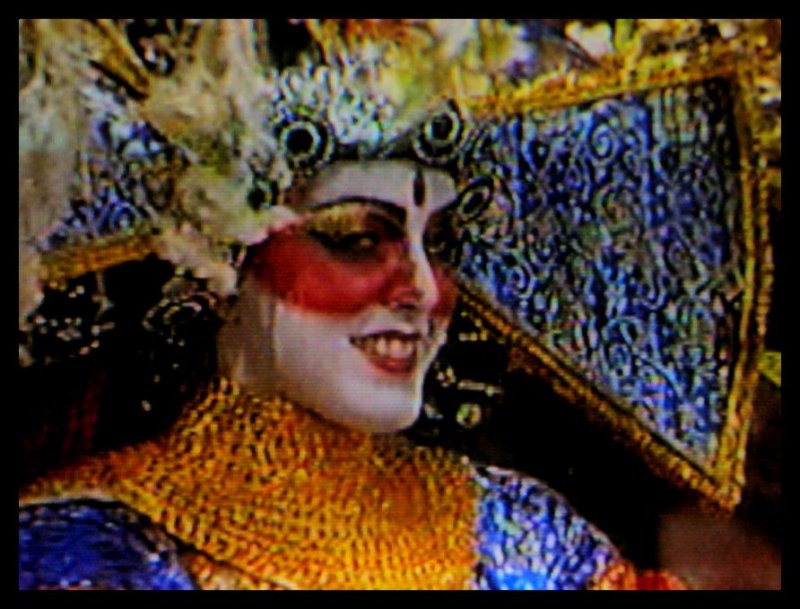The Self-Timer Function
This function incorporates a pause after you have pressed the shutter button. The shutter doesn't open right away, but rather waits according to the length of time you choose before taking the picture.
Perhaps you are accustomed to using the self timer so this will be nothing new for you, but if you have hesitated to try this very useful function on your P & S (point and shoot) camera you will be pleased to see how easy it is to not only to put yourself into a picture but also to sharpen some of your tabletop photos by avoiding camera shake when you press the shutter.
Here is the icon for the self-timer and where it may appear on the back of your camera body:

And here are the settings on my camera, which may be different on yours:

And as seen displayed in the camera menu after entering the self-timer option you could have: Off, a pause of 12 seconds or a pause of 2 seconds before the shutter opens and the photo is taken.

The procedure to use the self timer couldn't be simpler.
Assuming the camera is either firmly attached to a tripod or resting on a stable surface, find the self-timer menu and decide how long you want the camera to wait before it takes the picture.
If you are going to jump into a group photo, then give yourself the longest time in order to settle yourself comfortably in the photo, eg 12 seconds.
On the other hand, if you are going to use the timer to avoid possible camera shake during a tabletop photo shoot while you stand behind the camera, then set the shortest time lag. Then press the OK button.
Press the camera shutter button half way down and look to see that the green focus light doesn't blink. (If it blinks then you have to move the camera further or closer to your subject since blinking means the camera can't focus at the distance you have chosen.) When the green light is steady, press the shutter button all the rest of the way down. Take your finger off the camera and either run to join your group or wait without touching while it beeps a countdown and takes the photo. You've just used the self timer!
By doing this you have avoided any possible movement of the camera that could occur as your finger presses the shutter button.
While the camera is in countdown, you can do other things, such as holding a white reflector near your subject to improve the lighting.
That's another advantage to using a tripod. Your hands are free while the camera takes the photo.
The Flash Menu
The flash menu is usually accessed by pressing the lightening bolt flash icon on the back of the camera touchpad.
See again the top photo of the back of the camera with red arrows. Pressing the touchpad at that point brings you into the flash menu, where the icons are quite easy to understand.

You may need to press the flash pop-up button (3rd photo) to begin using the flash.

The flash will fire automatically when there is insufficient light. The camera decides if you need flash or not.
 Red-eye reduce mode. The camera emits pre-flashes before firing the regular flash in order to avoid red-eye.
Red-eye reduce mode. The camera emits pre-flashes before firing the regular flash in order to avoid red-eye.
Fill-in flash. The flash will always fire regardless of light conditions. Useful for eliminating deep shadow on the subject's face when subject has back to sunlight, or in similar circumstances where you want to eliminate shadow.
 Always emits pre-flashes for red-eye reduction.
Always emits pre-flashes for red-eye reduction.
Flash off. When the lightening bolt is surrounded by a circle or square, it means the flash will not fire even in low light conditions. Remember that a P & S camera flash will make your food look very flat and unappetizing, so don't ever use it for food photos.
I think that's enough for today, so I'll save the tutorial on photographing silverware until next time.
If you have questions please ask here or PM me.
So thanks for joining me.
Sharon (Canarybird) :-)








No comments:
Post a Comment